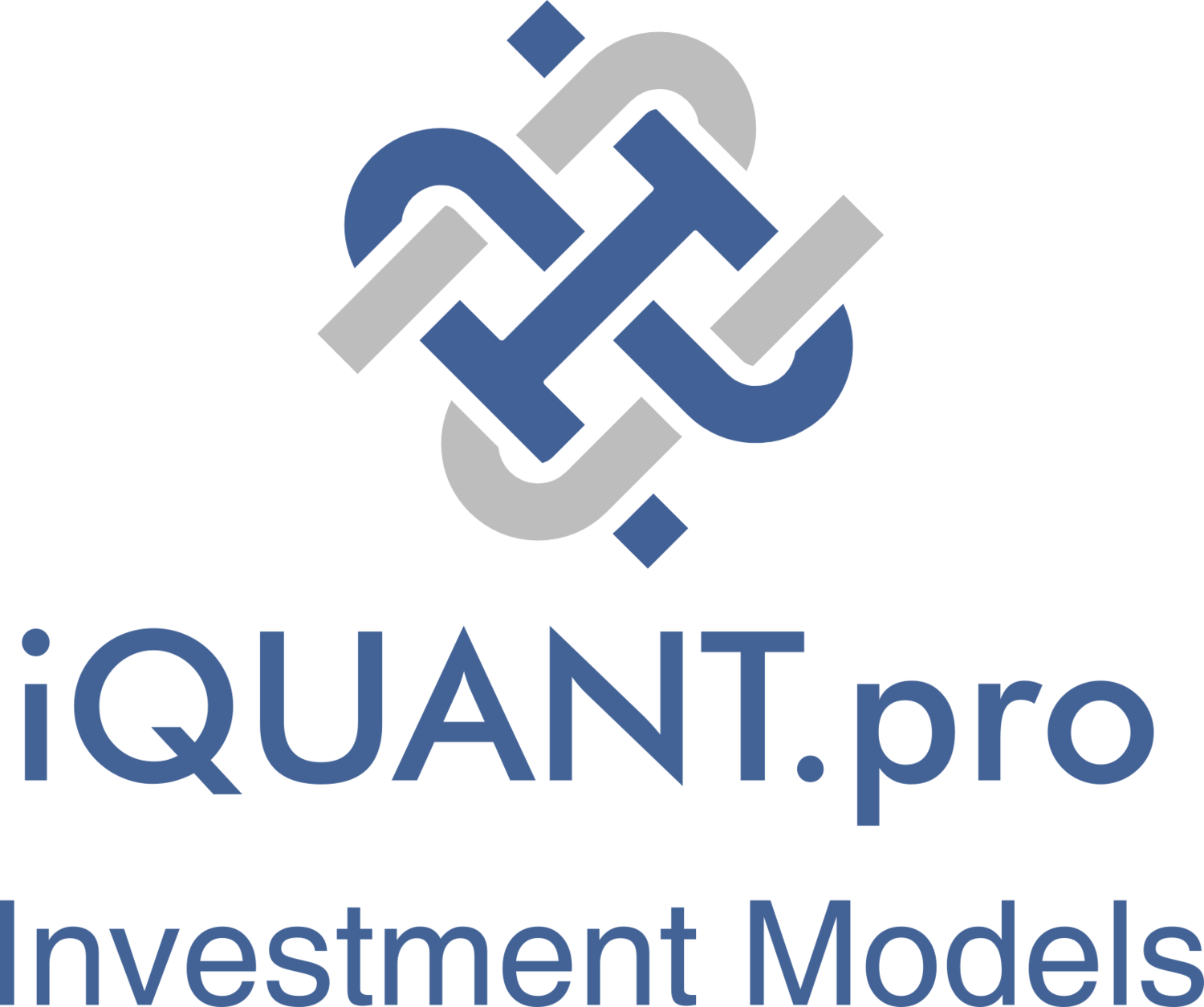Portfolio management requires a process-driven approach that aligns with risk tolerance and investment objectives. iQUANT pre-built portfolios provide advisors and portfolio managers a data-driven approach to portfolio construction. These portfolios are divided into Traditional and Dynamic categories. Each type targets a specific level of market risk, measured by historical standard deviation.
Unlike other factors such as maximum drawdown and returns, standard deviation is used due to its higher repeatability. Studies show that standard deviation has a 0.9 correlation with future volatility, making it a more reliable risk predictor compared to maximum drawdown, which has a 0.5 correlation with future downside risk. Additionally, historical standard deviation explains 85% of future volatility, whereas return-based measures explain less than 50% of future performance outcomes.
This blog explains the differences between iQUANT portfolios, how they manage risk, and how they either focus on risk-adjusted returns or track the movements of the S&P 500 index.
What Are iQUANT Pre-Built Portfolios?
iQUANT portfolios use data-driven approach to target specific (volatility) risk levels. They help advisors manage portfolios based on historical correlation relationships between iQUANT models and/or investment indices (represented by ETFs).
Key features of iQUANT portfolios:
Risk-based allocation: Portfolios balance volatility risk and return based on historical data.
Mix of stocks and ETFs: Some portfolios contain stocks, some contain ETFs, and others use both.
Regular updates: Portfolios adjust based on performance and risk levels.
Traditional versus Dynamic Portfolios
Traditional Portfolios
Traditional portfolios have fixed allocations of stocks and bonds. These portfolios are suited for advisors (mostly IARs) who prefer a consistent asset mix. The stock/bond allocation does not change.
Examples of Traditional Portfolios:
iQ Traditional Aggressive – Higher volatility, aimed at growth.
iQ Traditional Conservative – Lower volatility, focused on stability.
iQ Traditional Large Cap Stock or iQ Sector Extremes (both S&P 500 Directional) – Trends with the S&P 500 movements while seeking to reduce downside capture ratio.
Dynamic Portfolios
Dynamic portfolios, including those composed entirely of ETFs, are designed to maintain a predetermined target for standard deviation. They are not designed to track or replicate the performance of the S&P 500 index.
Examples of Dynamic Portfolios:
iQ Dynamic Aggressive – High risk, aimed at growth (separate of the S&P 500)
iQ Dynamic Conservative – Lower risk, focused on stability.
iQ Simple Portfolio – An easy-to-manage moderate portfolio of two well-matched stock and ETF models.
Target Risk vs. S&P 500 Directional Portfolios
Target Risk Portfolios
These portfolios maintain a set level of standard deviation (a measure of risk). They do not track the movements of any specific index.
Example: The iQ Aggressive Target Risk model has the same standard deviation as the S&P 500 but does not necessarily move in the same direction.
S&P 500 Directional Portfolios
These portfolios are structured to track the movements of the S&P 500, making them an option for investors who seek exposure to the market.
Examples: iQ Sector Extremes and iQ Traditional Large Cap Stock portfolios follow S&P 500 trends.
Why Use iQUANT Portfolios?
iQUANT portfolios provide a process-driven approach based on historical facts, not whims or emotions: Benefits include:
Automated Risk Management – Portfolios maintain set risk levels, reducing the need for ongoing adjustments.
Data-Driven Strategy – Historical backtesting impacts portfolio design.
Diversification – Portfolios include low-correlated models and assets to balance risk.
Simplified Process – Pre-built portfolios streamline your investment practice.
Conclusion
iQUANT pre-built portfolios provide structure and discipline by targeting specific repeatable risk levels. Whether investors choose a Traditional portfolio with a fixed allocation of stocks and bonds or a Dynamic portfolio that is based solely on volatility risk, iQUANT offers models suited for all investment advisors.
By using structured, data-driven strategies, iQUANT helps advisors manage risk and shape the risk versus reward client conversation.
